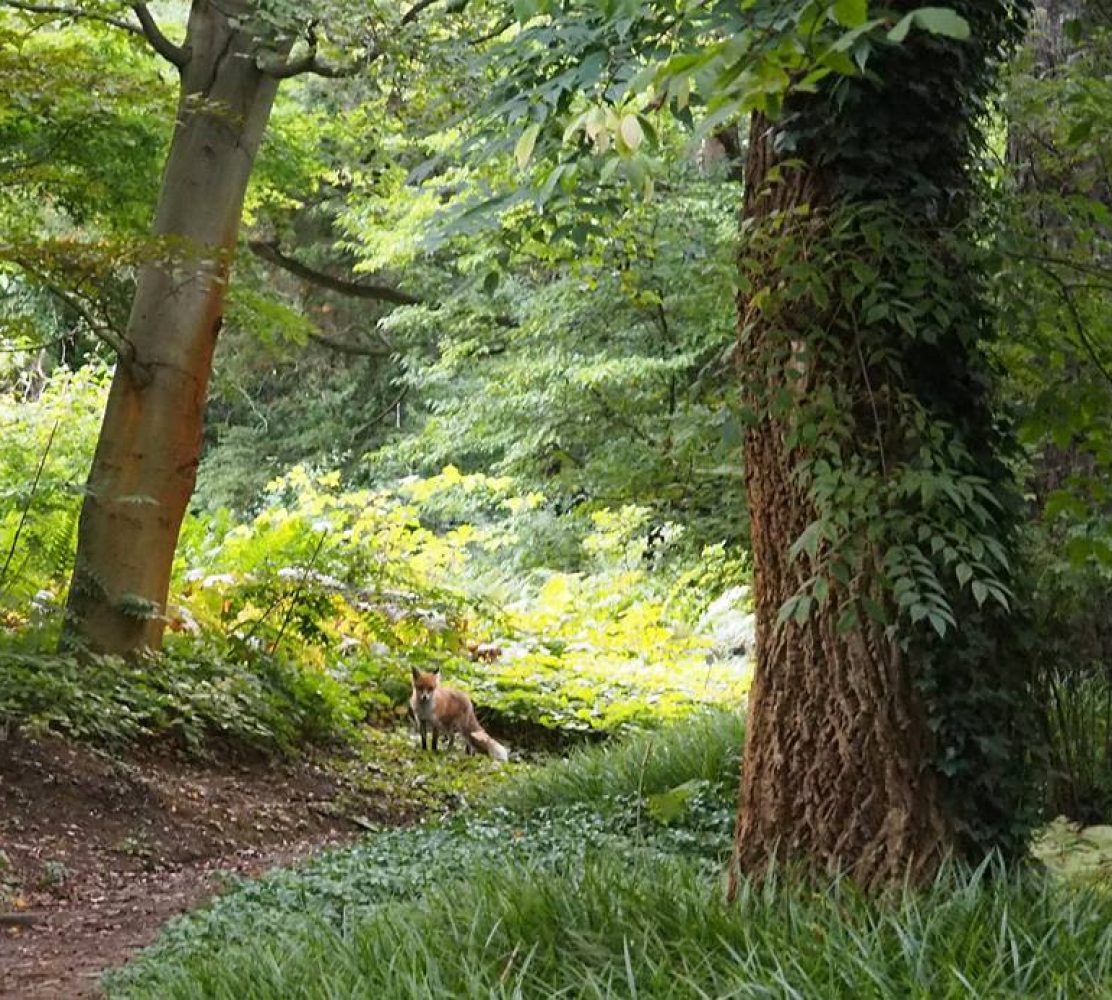
In the middle of the Atlantic lie the paradisaical islands of Azores, volcanic islands rising up from the sea. Over the Easter weekend we visited São Miguel, the largest of the nine islands, and spent some days driving around the island, exploring its beauty. I’ve already written about the lush botanical gardens and the fascinating fumaroles we visited in the first day and a half. On our second day, while we were visiting the fumaroles, I had a sore throat, and unfortunately it turned out I’d caught the norovirus (gastric flu) going around my work. As an expat living in Germany I am susceptible to every bug that goes around, as they’re all new to me, so it’s like being a child again. So I had to spend one day in bed (Good Friday) feeling very ill, while a miserable J spent some time walking around the nearby town alone, coming back now and then to check on me and bring me medicines and drinks. At least he had the chance to watch the Good Friday parade. The only good thing about norovirus is that it is short-lived, and as Saturday dawned I felt well enough to face another day of sightseeing. The fresh sea air, beautiful views and warm sunshine lifted my spirits enough that I even had energy to do some hiking. We drove around the island to admire some of the magnificent coastal and hillside views and hike up the dormant volcanoes for amazing views of the calderas, large craters formed by the collapse of emptied magma chambers during volcanic eruptions, which had filled with rainwater to become crater lakes. Continue reading →



